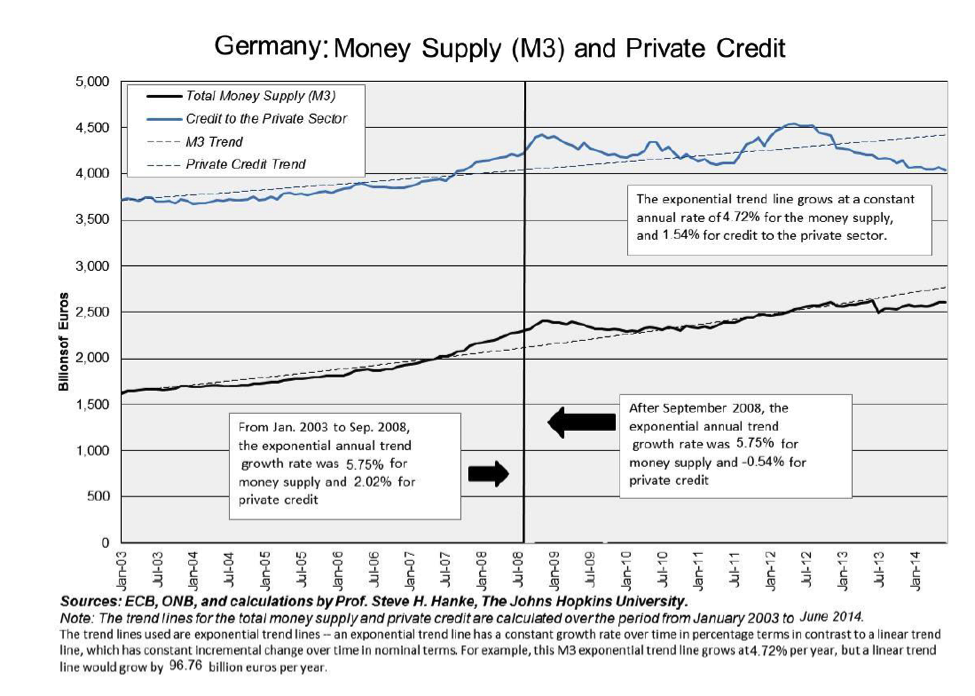This article appeared in Globe Asia.
Productivity and economic growth continue to surprise on the downside in most countries. While there is a great deal of handwringing over the so-called productivity puzzle, little attention is given to the real elixir: freer markets and more competition. Indeed, the policy tide is moving in the opposite direction in most places.
To get a grip on the productivity puzzle, let’s lift a page from the late Senator Daniel Patrick Moynihan, who once said, “You’re entitled to your own opinions, but you’re not entitled to your own facts.” Yes. There is nothing better than a hard look at empirical evidence to see if it supports those who espouse freer markets or those who embrace the regulatory state as models to enhance our prosperity and health.
The World Bank has been rigorously measuring the ease of doing business (DB) in many countries for over ten years, producing a treasure trove of empirical evidence. The Bank publishes its results identifying levels of economic freedom (read: regulatory freedom) each year in a volume entitled Doing Business. Ten sets of indicators that capture important dimensions of an economy’s regulatory environment are quantified. The accompanying table defines each of the ten quantitative indicators. These are each measured by using standardized procedures that ensure comparability and replicability across the 189 countries studied. For each indicator, the scores range from a potential low of ‘0’ to a high of ‘100’.
Using the DB scores, we can determine whether there is a relationship between a freer regulatory environment (a high DB score) and prosperity as measured by GDP per capita. The accompanying chart shows that there is a strong, positive relationship between DB scores and prosperity. For example, the United States’ DB score is 82.15 and its GDP per capita is $55,836, while Indonesia’s DB score is only 58.12 and its GDP per capita is $3,346. All the remaining 187 countries are plotted on the chart. There are only four countries that are “outliers”, with outsized GDP per capita relative to their DB scores: Qatar, Luxembourg, Switzerland, and Norway.
In addition to the strong, positive relationship between regulatory freedom (ease of doing business) and prosperity (GDP per capita), deregulation yields increasing returns. That is, each increment increase in the DB score yield larger and larger gains in GDP per capita. With each improvement in the DB score, there is a more-than-proportionate improvement in prosperity. This explains why post-communist countries that embraced Big Bang economic liberalizations, like Poland, have done so much better than the gradualists. The Big Bangers literally got more for their buck.
Economic prosperity is, quite literally, a matter of life and death. The relation between income growth and life expectancy is, of course, complex. Economic prosperity affects life expectancy through many channels: higher individual and national incomes produce favorable effects on nutrition, on standards of housing and sanitation, and on health and education expenditures. While it is true that reductions in mortality have sometimes been the result of “technological” factors, in the larger sense, it is clear that sustained economic growth is a precondition for the kinds of investments and innovations that, over time, significantly reduce mortality. The evidence on this point is abundant and unequivocal.
So, knowing that a freer regulatory environment is associated with higher levels of GDP per capita, we should observe that a freer regulatory environment (a higher DB score) is associated with higher life expectancies. Sure enough, it is. The accompanying chart shows a strong and positive relationship between DB scores and life expectancy – albeit one characterized by diminishing returns (given additional increments in DB scores yield smaller and smaller gains in life expectancy.)
Many of the 189 countries reviewed in the Doing Business 2016 report are far away from adopting “best practice” policies when it comes to the regulatory frameworks they impose on businesses. In consequence, prosperity and health are inferior to what they could be. Just how can that be changed? The easiest way is the simplest: just mimic what is done where “best practice” policies prevail. This is an old, tried-and-true technique that is used in industry, particularly when competitive markets prevail. Just copy what the “good guys” do. If you do so, you will become productive and competitive. These lessons about the diffusion of “best practice” and how it improves productivity are documented in great detail in a most insightful book by William W. Lewis: The Power of Productivity. Chicago: University of Chicago Press, 2004. The same strategy can be used by governments to slash regulations.
For example, until 2009, those seeking to import and sell pharmaceuticals in the Republic of Georgia faced the same regulatory review process as one would if the drugs were produced domestically. Applicants would pay a registration fee and file a two-part form with the Departmental Registry of State Regulation of Medical Activities at the Ministry of Labor, Health, and Social Protection. The subsequent review involved both expense and delay, with a fair amount of back-and forth between applicant and bureaucracy as technical examinations led to agency demands for corrections. This process was not intended to exceed about six months, but often took far longer. In addition, the government required all importers to obtain trade licenses from foreign manufacturers, adding to their costs.
In October 2009, however, the Georgian government did something remarkable. Recognizing that its regulatory machinery was, in fact, unnecessarily duplicating that in many developed countries, it adopted a new “approval regime.” It compiled a list of foreign authorities with good regulatory track records (including, for example, the European Medicines Agency and drug administrations in the United States, Japan, Australia, and New Zealand), and pharmaceuticals that were approved for sale by those entities could henceforth gain automatic approval for sale in Georgia. In addition, the registration fee was slashed 80 percent for brand name drugs and packaging regulations were greatly simplified under a new “reporting regime.”
This regulatory outsourcing compressed the time and greatly reduced the expense required to compete in the Georgian pharmaceutical market. The hope was that this would put significant downward pressure on prices and improve access to drug therapies in the domestic market. It did so very quickly. (These results are documented in Steve H. Hanke, Stephen J.K. Walters, and Alexander B. Rose. “How to Make Medicine Safe and Cheap.” Regulation, Fall 2014.)
To grasp the huge potential for increasing productivity, prosperity, and health, let’s look at Indonesia. The accompanying table shows Indonesia’s DB score for each of the ten indicators. Each is compared to the score of the country with the best DB score in that indicator. For example, Indonesia has a deplorable score on enforcing contracts. Indeed, the gap between Indonesia and Singapore, which scores the best on that indicator in the 189 countries studied, is huge. So, the potential improvement for Indonesia by adopting the best practice for enforcing contracts is enormous.
Just what overall improvements in Indonesia’s regulatory regime would do for prosperity is displayed in the last table relating incremental DB score improvement to GDP per capita. Indonesia’s current score is 58 and its GDP per capita is $3,346. So, if Indonesia attempts to slash its regulations and move closer to best practice – let’s say it improved its DB score by 10 points, yielding a score of 68 (the same as Greece and Serbia) – Indonesia’s GDP per capita would be expected to jump by $4,999, or 2.5 times.
With an appeal to the facts, the productivity puzzle is easy to solve. Just slash regulations by mimicking observed best practices.









